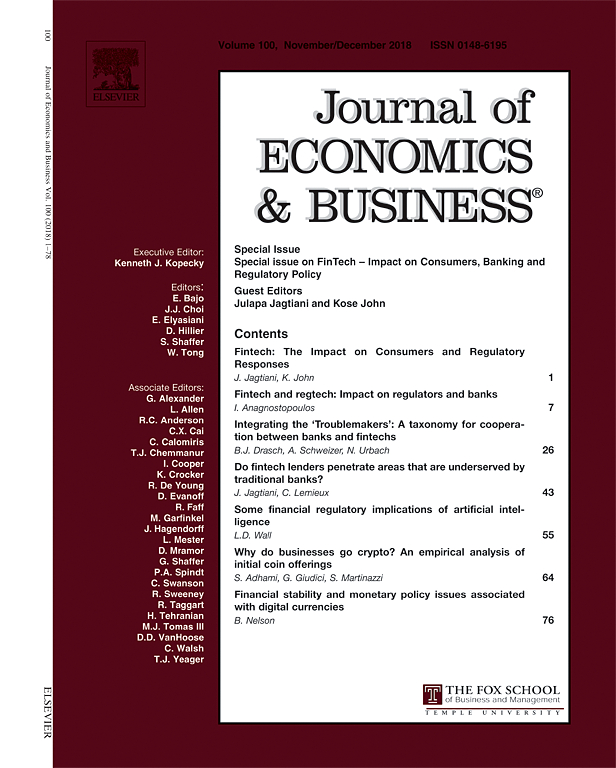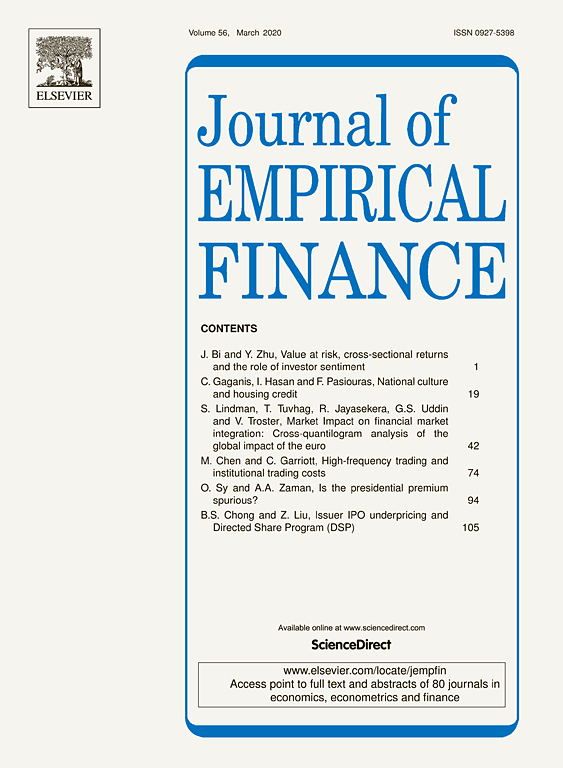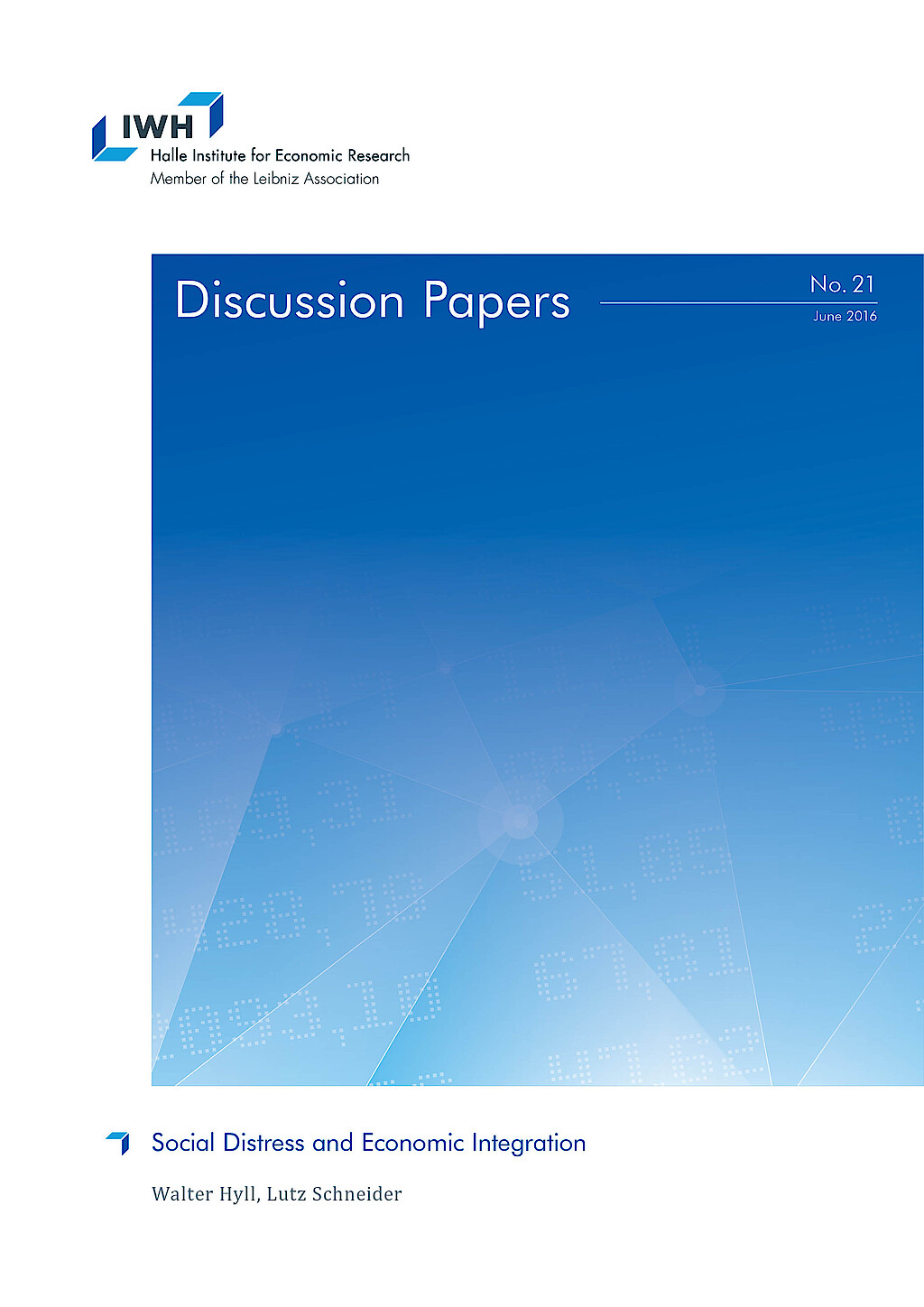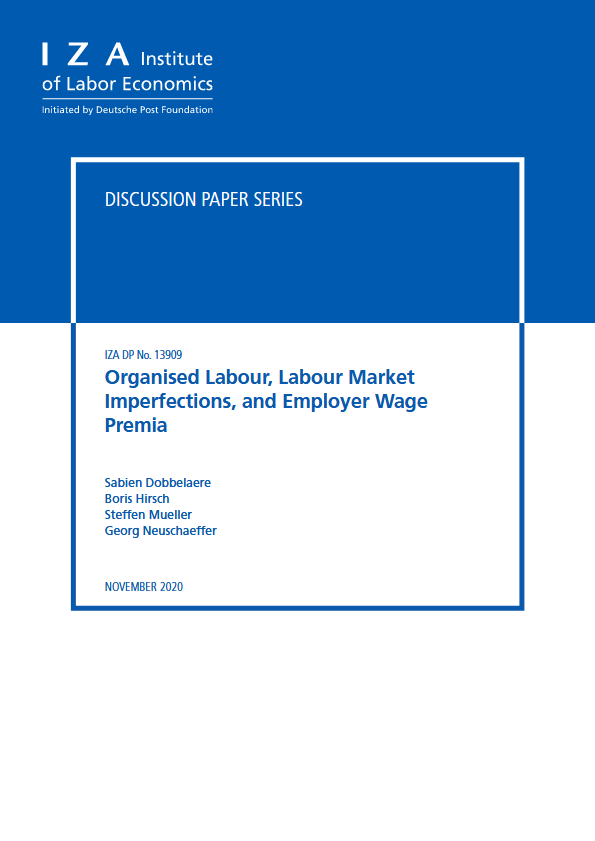Regulierung internationaler Finanzmärkte und Banken
Diese Forschungsgruppe analysiert Ursachen und Konsequenzen von internationalen Aktivitäten von Banken sowie den regulatorischen Rahmen, innerhalb dessen globale Banken operieren.
International aktive Banken können eine effiziente internationale Kapitalallokation vereinfachen und zur internationalen Risikoteilung beitragen. Allerdings können sie auch Instabilitäten generieren und zu einer Übertragung von Schocks über nationale Grenzen hinaus beitragen. Dies ist einer der Gründe für die aktuelle Re-Regulierung des internationalen Bankensystems.
Die Forschungsgruppe trägt auf drei verschiedenen Wegen zur Literatur bei. Erstens analysiert die Gruppe empirisch, warum internationale Banken global aktiv sind und wie Schocks im Finanzsystem übertragen werden. Zweitens untersucht die Gruppe das Entstehen von systemischen Risiken und Ungleichgewichten im integrierten Bankenmarkt und die sich daraus ergebenden Konsequenzen für die Realwirtschaft. Drittens werden die Auswirkungen von Änderungen bezüglich der Bankenaufsicht und Bankenregulierung analysiert, mit einem besonderen Fokus auf dem europäischen Integrationsprozess
IWH-Datenprojekt: International Banking Library
Forschungscluster
Wirtschaftliche Dynamik und StabilitätIhr Kontakt

- Abteilung Finanzmärkte
PROJEKTE
07.2017 ‐ 12.2022
Die politische Ökonomie der europäischen Bankenunion
Europäischer Sozialfonds (ESF)
Ursachen für nationale Unterschiede in der Umsetzung der Bankenunion und daraus resultierende Auswirkungen auf die Finanzstabilität.
01.2015 ‐ 12.2017
Dynamic Interactions between Banks and the Real Economy
Deutsche Forschungsgemeinschaft (DFG)
Referierte Publikationen

Aggregate Dynamics with Sectoral Price Stickiness Heterogeneity and Aggregate Real Shocks
in: Journal of Money, Credit and Banking, im Erscheinen
Abstract
<p>This paper investigates the relationship between heterogeneity in sectoral price stickiness and the response of the economy to aggregate real shocks. We show that sectoral heterogeneity reduces inflation persistence for a constant average duration of price spells, and that inflation persistence can fall despite duration increases associated with increases in heterogeneity. We also find that sectoral heterogeneity reduces the persistence and volatility of interest rate and output gap for a constant price spells duration, while the qualitative impact on inflation volatility tends to be positive. A relevant policy implication is that neglecting price stickiness heterogeneity can impair the economic dynamics assessment.</p>

Does It Pay to Get Connected? An Examination of Bank Alliance Network and Bond Spread
in: Journal of Economics and Business, im Erscheinen
Abstract
This paper examines the effects of bank alliance network on bonds issued by European banks during the period 1990–2009. We construct six measures capturing different dimensions of banks’ network characteristics. In opposition to the results obtained for non-financial firms, our findings indicate that being part of a network does not create value for bank’s bondholders, indicating a dark side effect of strategic alliances in the banking sector. While being part of a network is perceived as a risk-increasing event by market participants, this negative perception is significantly lower for the larger banks, and, to a lesser extent, for the more profitable banks. Moreover, during crisis times, the positive impact on bond spread of a bank’s higher centrality or of a bank’s higher connectedness in the network is stronger, indicating that market participants may fear spillover effects within the network during periods of banks’ heightened financial fragility.

The Effect of Bank Organizational Risk-management on the Price of Non-deposit Debt
in: Journal of Financial Services Research, April 2024
Abstract
<p>We test whether organizational risk management matters to bondholders of U.S. bank holding companies (BHCs), and find that debt financing costs increase when the BHC has lower-quality risk management. Consistent with bailouts giving rise to moral hazard among bank creditors, we find that bondholders put less emphasis on risk management in large institutions for which bailouts are expected ex-ante. BHCs that maintained strong risk management before the financial crisis had lower debt costs during and after the crisis, compared to other banks. Overall, quality risk management can curtail risk exposures at BHCs and result in lower debt costs.</p>

Global Banks and Synthetic Funding: The Benefits of Foreign Relatives
in: Journal of Money, Credit and Banking, Nr. 1, 2024
Abstract
<p>Abstract This paper examines the effect of dislocations in foreign currency (FX) swap markets ("CIP deviations") on bank lending. Using data from UK banks we show that when the cost of obtaining swap-based funds in a particular foreign currency increases, banks reduce the supply of cross-border credit in that currency. This effect is increasing in the degree of banks' reliance on swap-based FX funding. Access to foreign relatives matters as banks employ internal capital markets to shield their cross-border FX lending supply from the described channel. Partial substitution occurs from banks outside the UK not affected by changes in synthetic funding costs.</p>

Ownership Structure and the Cost of Debt: Evidence From the Chinese Corporate Bond Market
in: Journal of Empirical Finance, September 2023
Abstract
Drawing upon evidence from the Chinese corporate bond market, we study how ownership structure affects the cost of debt for firms. Our results show that state, institutional and foreign ownership formats reduce the cost of debt for firms. The benefits of state ownership are accentuated when the issuer is headquartered in a province with highly developed market institutions, operates in an industry less dominated by the state or during the period after the 2012 anti-corruption reforms. Institutional ownership provides the most benefits in environments with lower levels of marketization, especially for firms with low credit quality. Our evidence sheds light on the nexus of ownership and debt cost in a political economy where state-owned enterprises (SOEs) and non-SOEs face productivity and credit frictions. It is also illustrative of how the market environment interacts with corporate ownership in affecting the cost of bond issuance.
Arbeitspapiere

To Separate or not to Separate Investment from Commercial Banking? An Empirical Analysis of Attention Distortion under Multiple Tasks
in: IWH Discussion Papers, Nr. 2, 2016
Abstract
In the wake of the 2008/2009 financial crisis, a number of policy reports (Vickers, Liikanen, Volcker) proposed to separate investment banking from commercial banking to increase financial stability. This paper empirically examines one theoretical justification for these proposals, namely attention distortion under multiple tasks as in Holmstrom and Milgrom (1991). Universal banks can be viewed as combining two different tasks (investment banking and commercial banking) in the same organization. We estimate pay-performance sensitivities for different segments within universal banks and for pure investment and commercial banks. We show that the pay-performance sensitivity is higher in investment banking than in commercial banking, no matter whether it is organized as part of a universal bank or in a separate institution. Next, the paper shows that relative pay-performance sensitivities of investment and commercial banking are negatively related to the quality of the loan portfolio in universal banks. Depending on the specification, we obtain a reduction in problem loans when investment banking is removed from commercial banks of up to 12 percent. We interpret the evidence to imply that the higher pay-performance sensitivity in investment banking directs the attention of managers away from commercial banking within universal banks, consistent with Holmstrom and Milgrom (1991). Separation of investment banking and commercial banking may indeed be associated with a reduction in risk in commercial banking.

Friend or Foe? Crowdfunding Versus Credit when Banks are Stressed
in: IWH Discussion Papers, Nr. 8, 2015
Abstract
Does bank instability push borrowers to use crowdfunding as a source of external finance? We identify stressed banks and link them to a unique, manually constructed sample of 157 new ventures seeking equity crowdfunding. The sample comprises projects from all German equity crowdfunding platforms since 2011, which we compare with 200 ventures that do not use crowdfunding. Crowdfunding is significantly more likely for new ventures that interact with stressed banks. Innovative funding is thus particularly relevant when conventional financiers are facing crises. But crowdfunded ventures are generally also more opaque and risky than new ventures that do not use crowdfunding.

Explaining Regional Disparities in Housing Prices across German Districts
in: IZA Institute of Labor Economics, March 2022
Abstract
Over the last decade, German housing prices have increased unprecedentedly. Drawing on quality-adjusted housing price data at the district level, we document large and increasing regional disparities: growth rates were higher in 1) the largest seven cities, 2) districts located in the south, and 3) districts with higher initial price levels. Indications of price bubbles are concentrated in the largest cities and in the purchasing market. Prices seem to be driven by the demand side: increasing population density, higher shares of academically educated employees and increasing purchasing power explain our findings, while supply remained relatively constrained in the short term.















